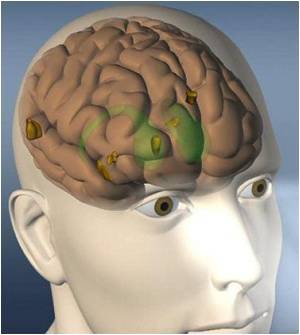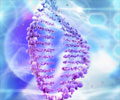New findings by scientists at Rutgers University may provide clues to understanding more common neurodegenerative diseases like Alzheimer's and Parkinson's and developing better tools to treat them.

Children born with A-T disease have mutations in both of their copies of the ATM gene and cannot make normal ATM protein. This leads to problems in movement, coordination, equilibrium and muscle control as well as a number of other deficiencies outside the nervous system.
Using mouse and human brain tissue studies, Rutgers researchers found that without ATM, the levels of a regulatory protein known as EZH2 go up. Looking through the characteristics of A-T disease in cells in tissue culture and in brain samples from both humans and mice with ATM mutation, they found that the increase in EZH2 was a major contributing factor to the neuromuscular problems caused by A-T.
"We hope that this work will lead to new therapies to prevent symptoms in those with A-T disease," says Hart. "But on a larger level, this research provides a strong clue toward understanding more common neurodegenerative disorders that may use similar pathways. "It is a theme that has not yet been examined."
While the EZH2 protein has been shown to help determine whether genes get turned on or off, altering the body's ability to perform biological functions, necessary for maintaining good health, the Rutgers study is the first time this protein -- which can cause adverse health effects if there is too much of it -- has been looked at in the mature nerve cells of the brain.
By reducing the excess EZH2 protein that accumulated in mice genetically engineered with A-T disease, and creating a better protein balance within the nerve cells, Rutgers scientists found that mice exhibited improved muscle control, movement and coordination.
Advertisement
Rutgers scientists say the implications of these findings now need to be validated in a clinical setting. They have begun working with the A-T Clinical Center at Johns Hopkins University, collecting blood samples from children with the disease as well as their parents who carry the genes in order to reprogram them into stem cells. This will allow scientists to create human neurons like those in A-T patients and study the mechanisms that lead from ATM mutations to nerve cell disease in more detail.
Advertisement
"What is interesting about human health and this research in particular is that it illustrates how a disease that is thought of as 100 percent genetic, actually has a component that is sensitive to the environment," says Herrup, lead author of the study.
Source-Eurekalert











